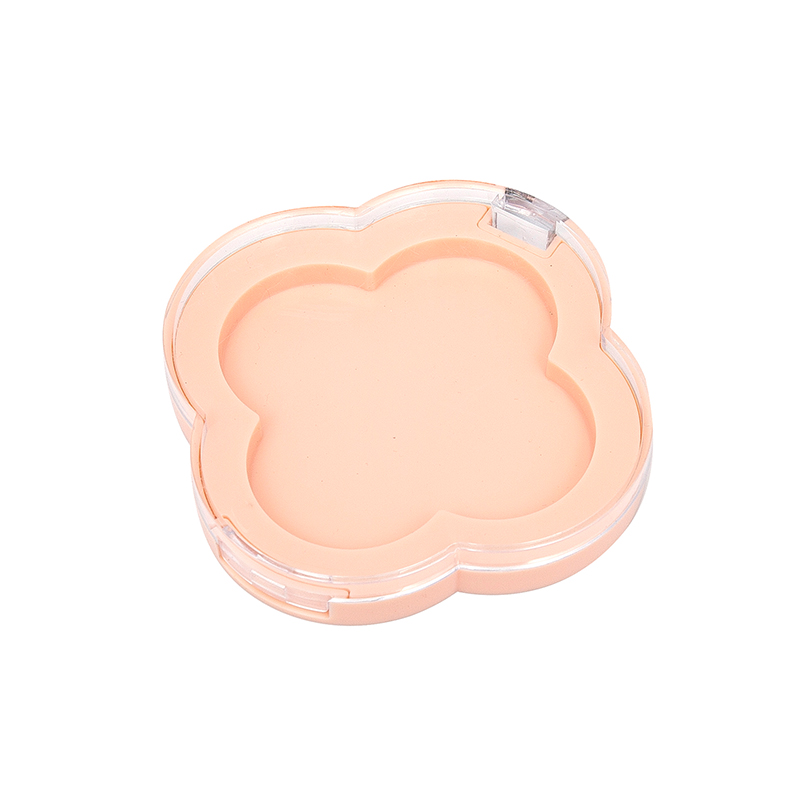
When cosmetic brands prepare to package their powder-based products, several factors come into play during the process to design empty loose powder containers. These containers not only serve as storage but also function as a practical tool for dispensing and applying the product. The effectiveness of a product can be significantly influenced by the quality and structure of its container, especially in the case of fine cosmetic powders. Understanding what drives these design choices is essential for manufacturers, suppliers, and even consumers.
Functionality and Usability
The primary function of an empty loose powder container is to hold fine powder securely while allowing users to access it easily. A well-thought-out container must include features like sifter inserts, secure lids, and easy-to-grip components. The ability to dispense the right amount of product without causing spillage is key. Therefore, when companies design empty loose powder containers, they must test different mechanisms to ensure a user-friendly experience.
Material Choice
Material selection is another major factor that shapes the decision to design empty loose powder containers. Plastic is widely used due to its lightweight and cost-effectiveness, but glass and metal are also considered for their durability and aesthetic appeal. In recent years, sustainable materials have gained popularity, prompting designers to explore biodegradable or recyclable options. These choices impact not only the look and feel of the container but also its environmental footprint.
Brand Identity and Aesthetics
Visual appeal remains an important element in cosmetics packaging. The ability to design empty loose powder containers that reflect a brand’s identity, through color schemes, logos, textures, and finishes, is highly valued. Whether the target market prefers minimalist, luxury, or playful designs, the container must match the overall image of the brand. Customization plays a big role in how appealing a product appears on the shelf or in a digital catalog.
Portability and Size
The size and portability of an empty loose powder container matter, particularly for on-the-go consumers. Designers must consider whether the product will be used at home, during travel, or both. Compact shapes, lightweight materials, and tightly sealed lids contribute to the convenience of the product. These are all important considerations when companies plan to design empty loose powder containers for varied usage contexts.
Manufacturing and Cost Efficiency
Design is not only about appearance and functionality but also about manufacturability. If a container design is too complex, it could increase production costs and timelines. Therefore, a balance must be found between innovation and efficiency. Many businesses work closely with packaging experts to design empty loose powder containers that meet both brand goals and budget requirements.
Regulatory and Safety Standards
Depending on the region and target market, cosmetic containers must comply with certain safety and labeling regulations. When teams design empty loose powder containers, they must ensure that materials are safe for contact with skin and that all components are secure to prevent leakage or contamination.
To design empty loose powder containers effectively, multiple factors must be considered, from functionality and aesthetics to material selection and safety compliance. Each decision in the design process has an impact on how the product will perform in the hands of the consumer. For cosmetic brands, the container is more than just packaging—it is an extension of the product experience. By understanding these key influences, businesses can better meet both practical and brand-related goals.



 English
English  中文简体
中文简体  عربى
عربى  Español
Español 


